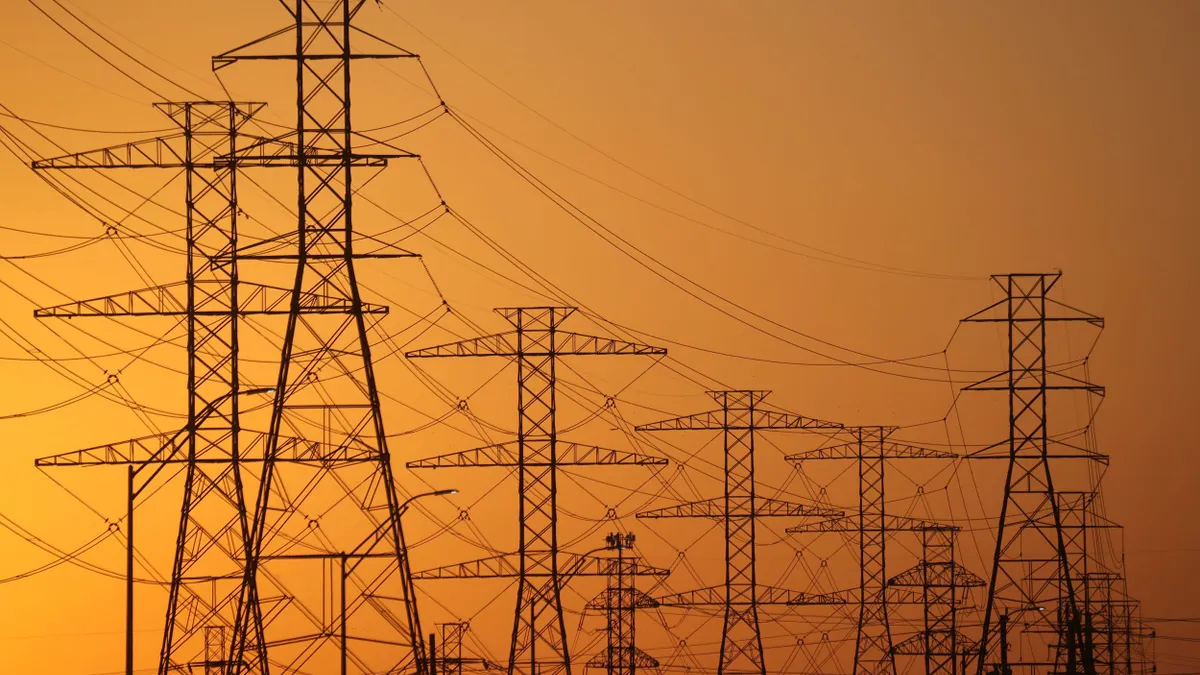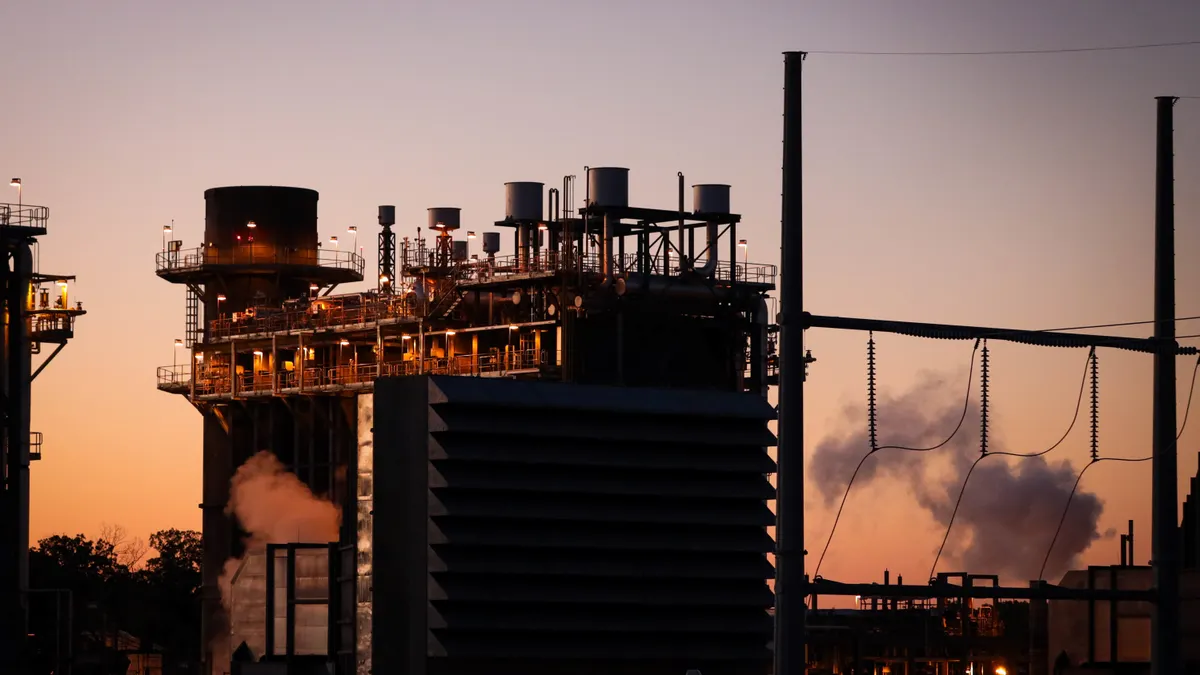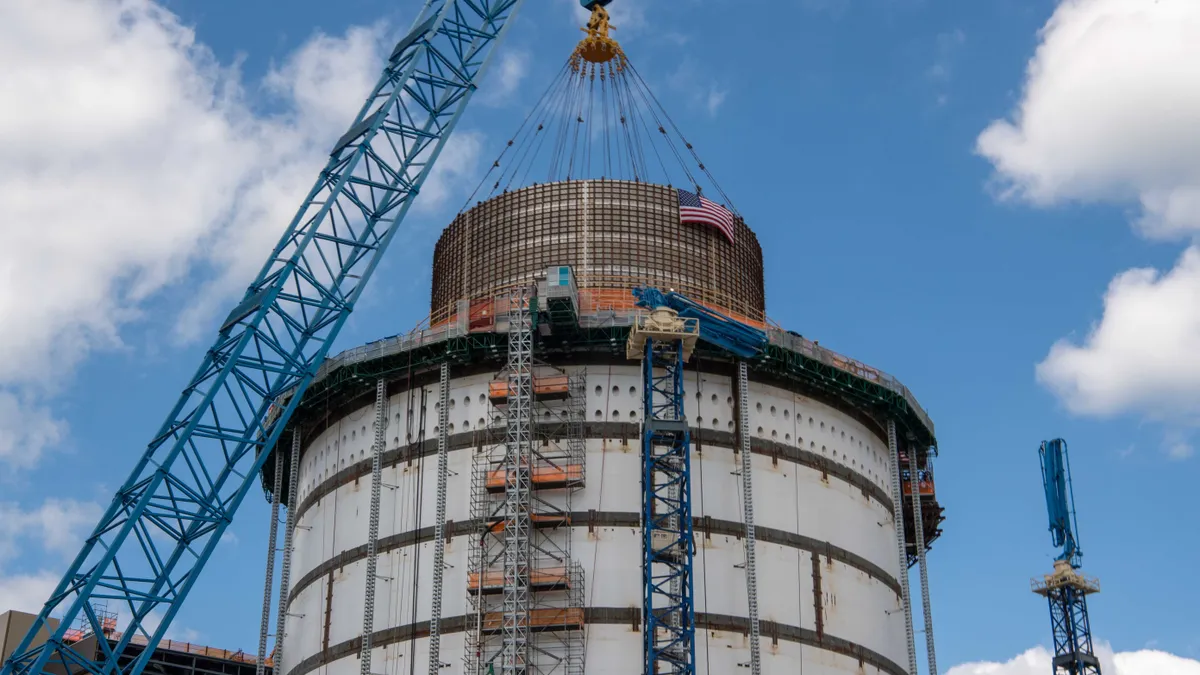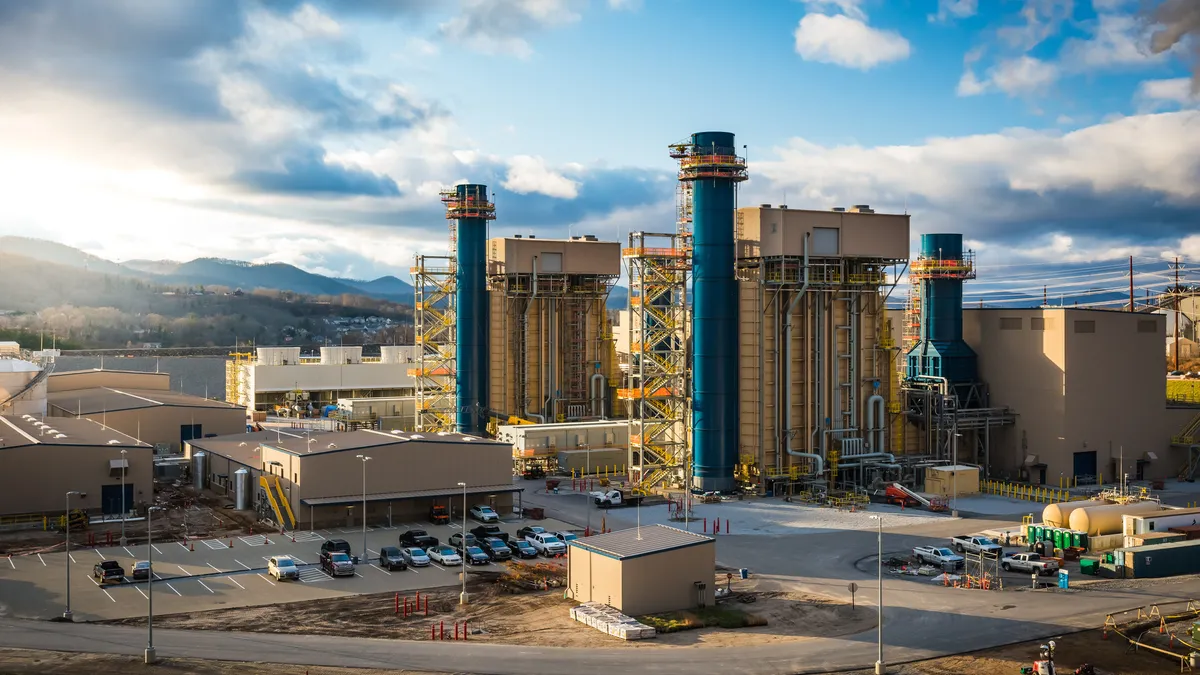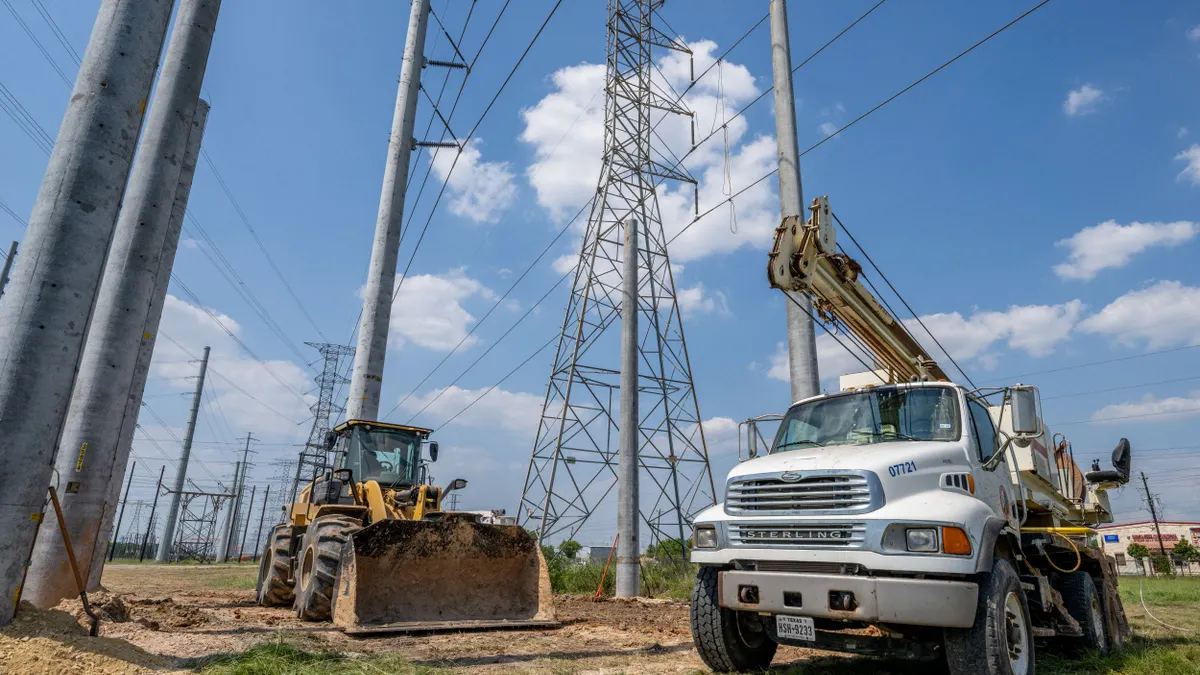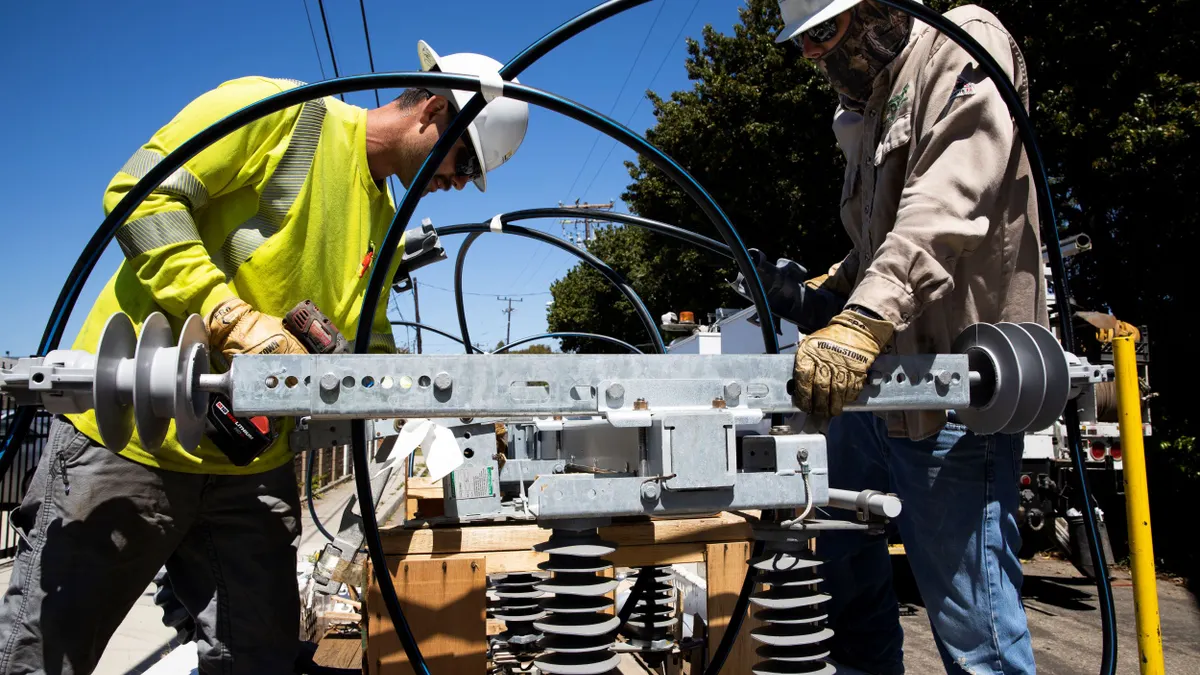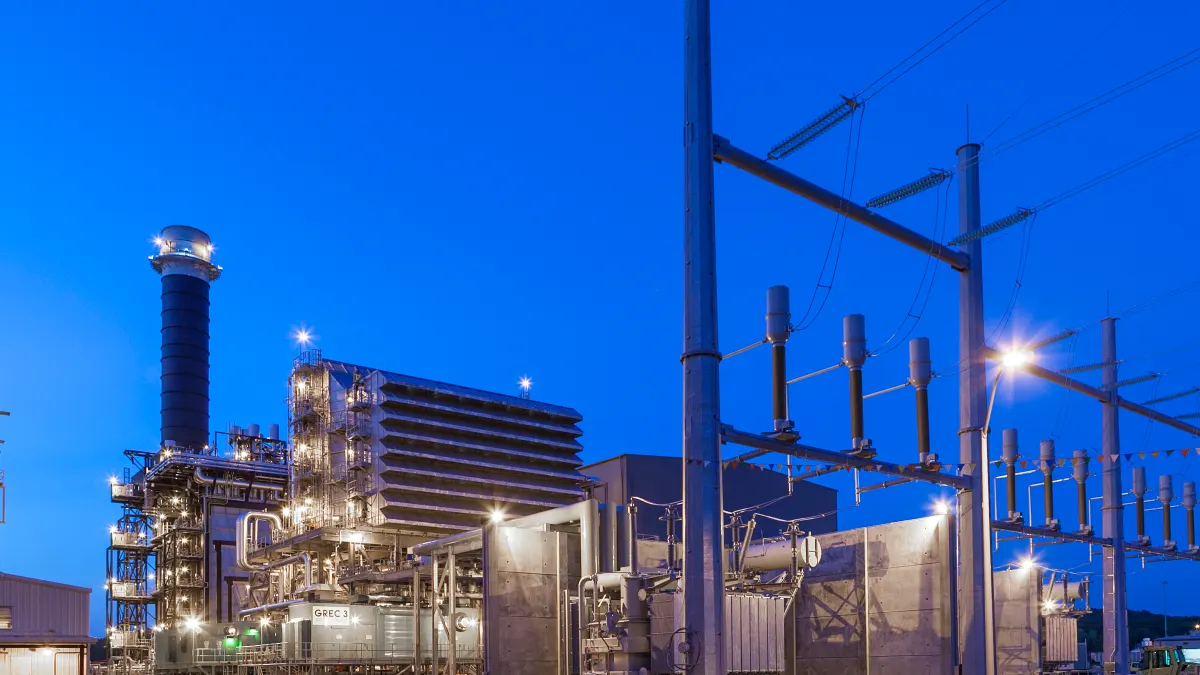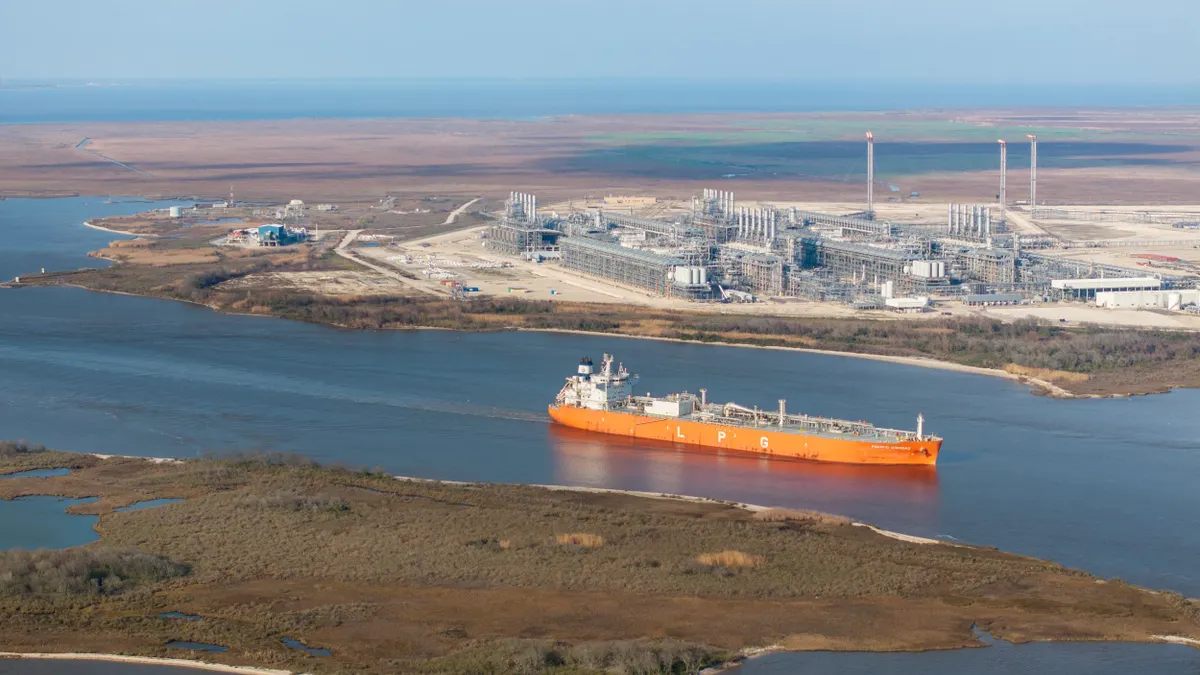Benjamin Dierker is the executive director of the Alliance for Innovation and Infrastructure, a nationwide public policy think tank dedicated to infrastructure.
Starting his second term, President Trump declared a “national energy emergency.” Energy Secretary Chris Wright elaborated, “the biggest limiter on energy production in the United States today is infrastructure.” Taken together, these clarion calls highlight the need for timely investment. Without the right infrastructure, power cannot be delivered to serve new manufacturing, data centers, or existing customers. Without timely development, opportunities will be lost.
With data centers and emerging technologies already surging electric demand to new peaks, the need for grid resilience grows more essential. As these sectors expand, existing generation and delivery infrastructure will not be sufficient to deliver least-cost energy to customers. Simply stated, the emergency is reality, not just rhetoric.
Evolving policy
In 2011, the Federal Energy Regulatory Commission issued Order No. 1000, intending to expand a bidding process in transmission development, disrupting the longstanding status of local electric companies’ right to build infrastructure — called rights of first refusal, or ROFR — to ensure reliability in their own service territories. Through required solicitations, third-party developers could be selected in lieu of the local utility to develop high-voltage electric transmission infrastructure and recover their costs on a regulated basis. Ultimately, reviewing bids from outside developers prolonged both the transmission planning process and development without clearly delivering cost savings.
As policymakers continue to refine the transmission planning framework, a recalibration is needed — one that takes into account not only hoped-for benefits, but real-world experience. The authority to develop and recover costs for major projects should align with those entities that have consistently demonstrated timely delivery, meaningful stakeholder engagement, and a capacity to navigate permitting and construction challenges. These are not merely desirable traits — they are prerequisites for advancing critical infrastructure in a timely and efficient manner.
Reinstating ROFR in these cases supports one of the central advantages of incumbency: the capability to move swiftly from planning to project energization, minimizing both direct and indirect costs associated with delay.
While the U.S. Department of Justice and others worry that allowing local utilities to develop needed transmission might increase prices, these well-intended reservations appear less compelling when weighed against available data. A decade of industry debate and analysis indicates that the more data available, the less difference there is in cost savings from Order 1000-bid projects relative to local electric company projects. But at least one key difference remains: time.
Though there are disputes about their effect, ROFR policies reduce the timeline to expand infrastructure by eliminating the time to solicit, evaluate, and award bids to develop regulated projects. Instead, ROFR policies lean on local utilities, who regularly assess their service territory needs and are poised to act quickly between need assessment and project initiation. If a need is identified and a local company can begin work within weeks, investors see certainty, customers see power, and prices are kept down. Whereas need identification opening the door to a year or more in bid submission and review inevitably means delay costs, investor hesitation, and potential economic losses, as the later start time allows for influences like inflation, supply chain issues, or changing market factors.
While some suggest that removing solicitations limits competition, in practice local utilities also engage in competitive markets for engineering, procurement, and construction services. The difference lies not in whether EPC work is competitively sourced, but in the time added by the initial solicitation process — a gatekeeping step that delays project initiation without guaranteeing faster or more innovative delivery.
Unlike in a true market, where companies are bound to firm prices and delivery timelines, transmission developers under the current bidding regime face few penalties for overruns or delays — risks that are ultimately shared with customers. This dynamic, combined with the time lag between bidding and construction, means that the practical ‘competition’ occurs only at the initial bid, not in the actual completion of the project.
Local expertise
Local electric companies may avoid many common concerns with infrastructure development by being well-acquainted with the needs, demands, and regional conditions — and they are known in the communities, thus accountable to property owners, regulators, and local elected officials. Local expertise leads to more accurate and achievable cost estimates, even if bids appear slightly higher upfront, while independent developers can have overly optimistic expectations about what is achievable when entering a new market.
Policy prescriptions that rely on ROFRs for local utilities also have the benefit of aligning the interests of these local electric companies in such a way that the resulting projects reflect the collaboration of the most experienced planners and development entities. The resulting holistic network design promises to better serve national needs for decades to come, while limiting the national security risks associated with fracturing the ownership of critical infrastructure and risking the development of minimalist projects. This holistic approach is not static; regulated local utilities also innovate — emphasizing resilience, reliability, and long-term flexibility over near-term cost savings alone.
Broader costs
While each side of this debate has specific examples to bolster their arguments, mature project data from a decade-long vantage point suggests that project cost outcomes tend to converge regardless of the developer type. But project cost is not the only cost in question.
Project costs equate to consumer electricity bills, but time as a cost affects entire regions and is not as visible. Across the country, new power projects — including wind and solar — are waiting in long interconnection queues for the needed transmission lines to deliver their electricity to customers. Without those lines, these projects cannot operate, no matter how ready they are to generate power. This delay in building transmission not only increases costs for customers — it also dampens investment, as companies reconsider national expansion plans or even look overseas if they cannot achieve their ambitions in the U.S. Policymakers must weigh ideals against pressing realities — and today’s reality calls for speed, certainty, and scalable delivery.
To be sure, proponents of Order No. 1000 raise important considerations, arguing that bidding processes can yield cost savings, innovation, and risk transfer to private developers, laudable goals even if they don’t always materialize. Some also contend that inefficient permitting is the primary source of delays, and that procedural reforms better address bottlenecks. Such reforms are warranted, but solicitation will still add time between need identification and project initiation. Given today’s infrastructure demands, tools like ROFR may be needed to deliver speed and certainty now, even as broader reforms are honed to drive cost out of infrastructure development pathways.
While a bidding process is often presumed to deliver consumer benefits, bidding efforts for transmission have not followed that pattern. Rather than relying on theoretical savings, policymakers should prioritize frameworks that deliver timely, reliable infrastructure.
Toward a more predictable and efficient buildout
In a national emergency, there is no time to waste. Though cost considerations are one pillar of concern, the adage that “time is money” matters. Building transmission infrastructure takes years, and Order No. 1000 bidding alone can add over a year. Litigation also adds time, as do any interruptions stemming from relying on outside developers to build challenging regional infrastructure projects. These delays carry meaningful economic consequences, which offset hoped-for savings and introduce secondary costs.
Processes that accelerate transmission buildouts attract investors, strengthen grid resilience, and drive economic growth. In today’s emergency conditions, a right of first refusal may be the best-suited policy tool. No solution is perfect, but ROFR — with its tradeoffs — is one important part of a pragmatic path forward.


